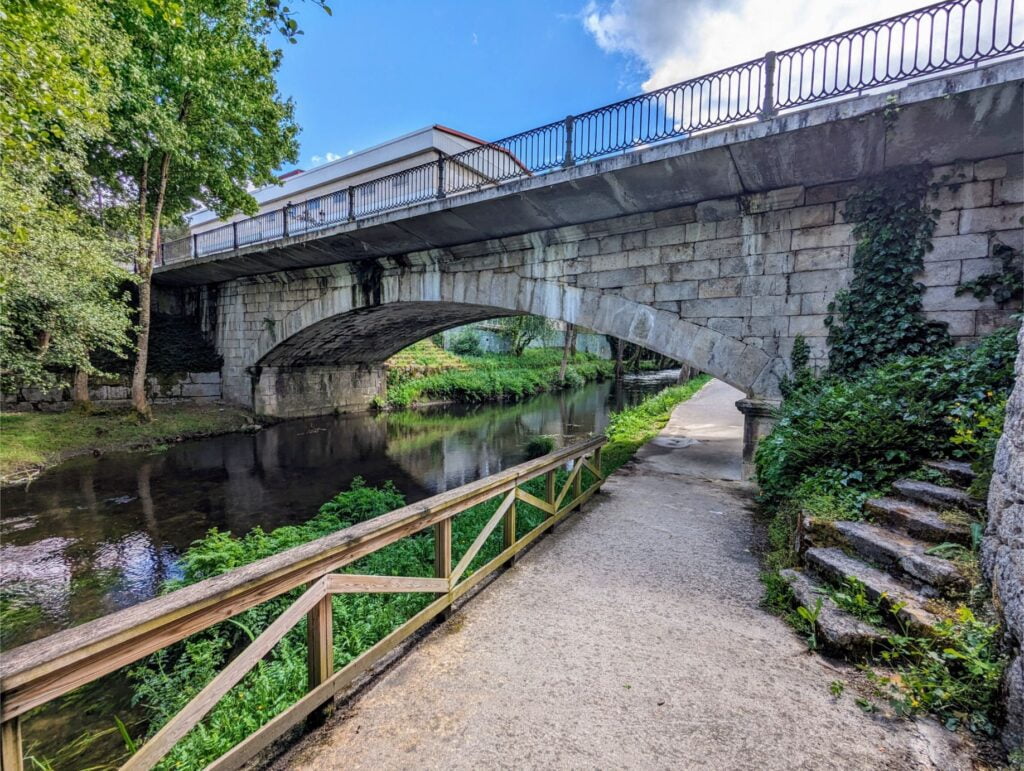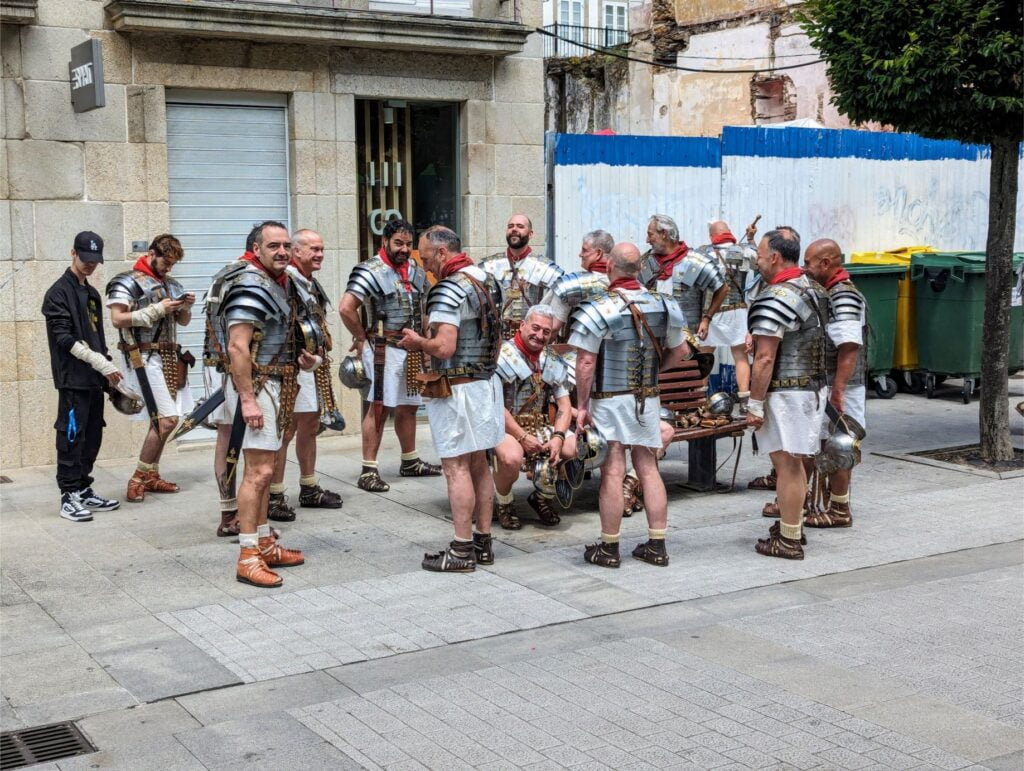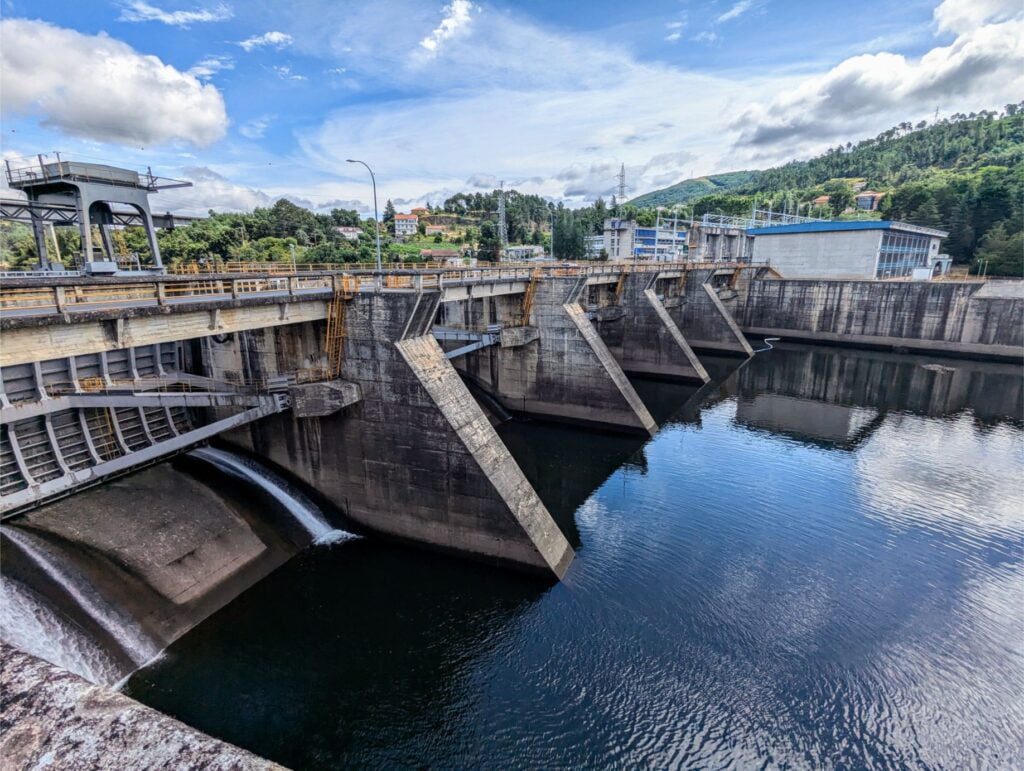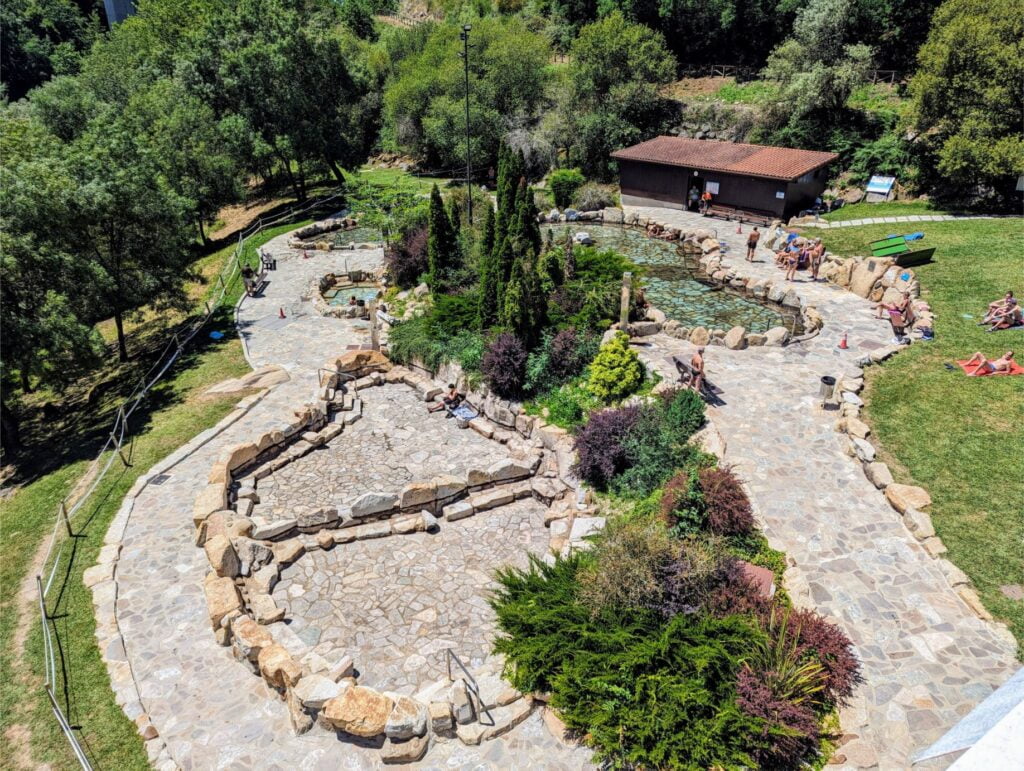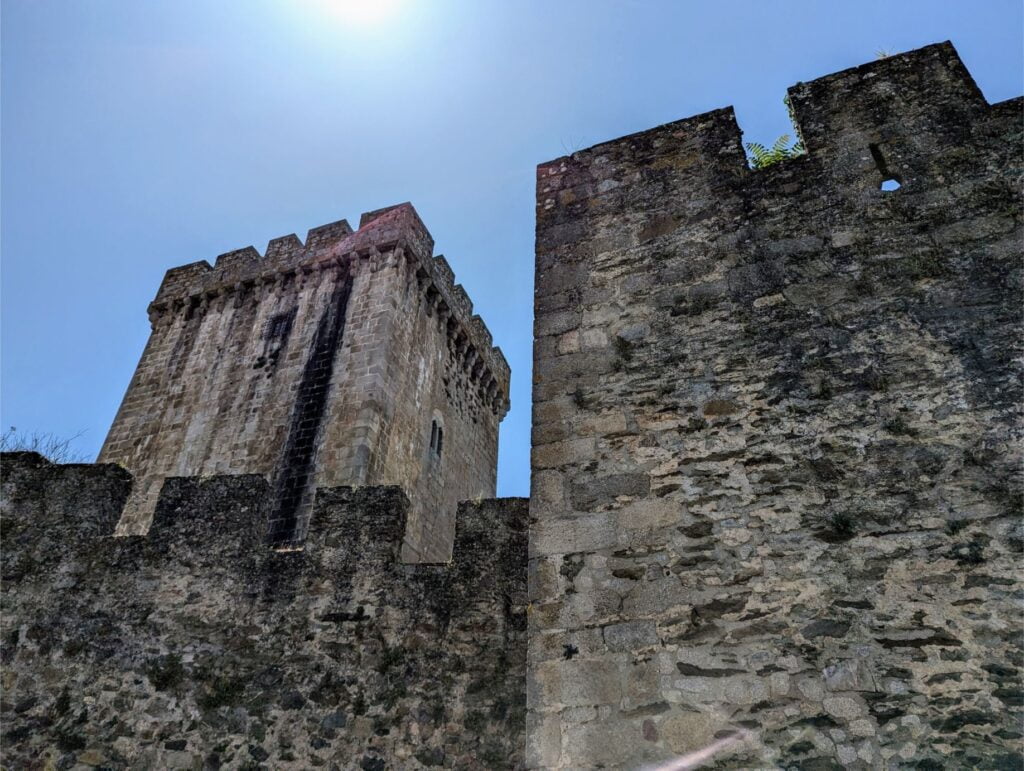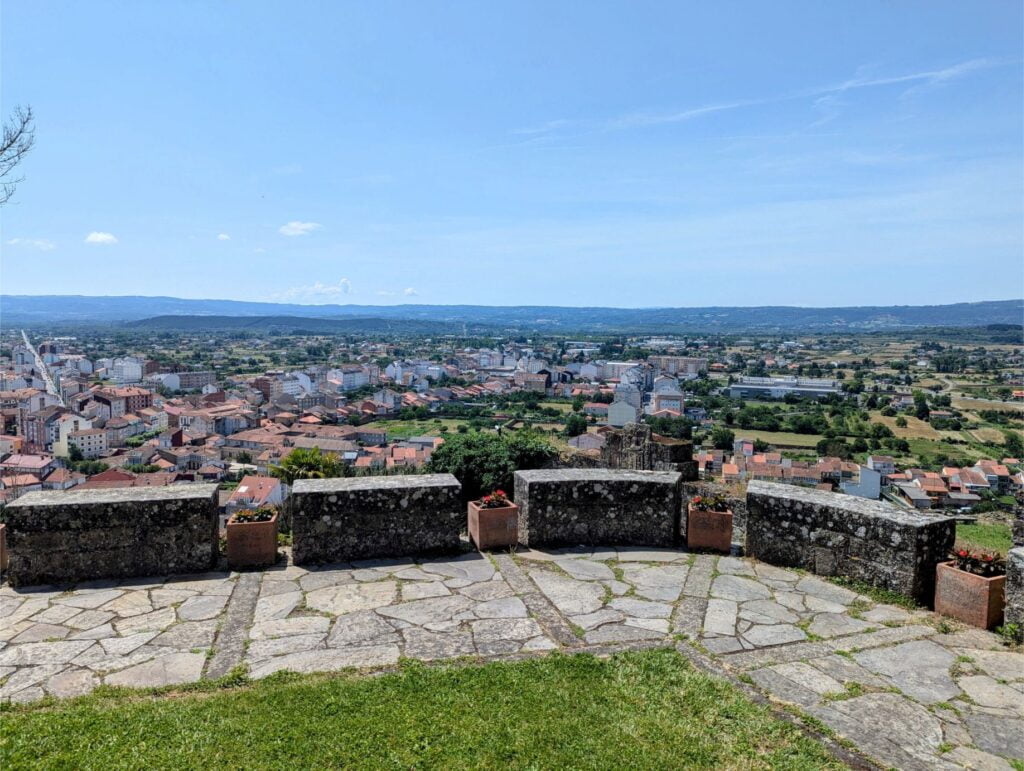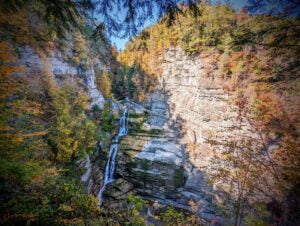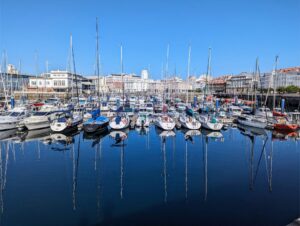
Wrapping Up Our Stay in Galicia (Spain)
Our stay in Galicia has ended. We can’t believe two months have already passed!
Quiet country living was just the recharge we needed. Helping out with Lisa & Stewart’s homestead kept us occupied, but we did find time to get out and explore our immediate area when the weather and our schedules allowed. Many of these trips involved solo exploration by bus along routes that connected us to nearby towns. Others involved Lisa & Stewart taking us to towns only accessible by car.
Bottom line, we had many opportunities to explore inland Galicia, even though the trips themselves weren’t involved enough to warrant a blog post.
That said, we did want everyone to experience what the towns of Galicia are like, at least in our immediate area. So here is a list of the places we went and what our impressions were, as well as some cool pictures from our journeys.
Enjoy!
Chantada
Because it was less than 20 kilometers south of Taboada, the quaint medieval town of Chantada was the place we visited the most.
Although our town of Taboada had everything we needed, Chantada just had more.
More shopping, more restaurants, more cafes, more supermarkets, and more people. And it had all of this within an infrastructure that oozes with history.
But make no mistake, Chantada isn’t a big place by most standards. The entire municipality of Chantada is barely 8,000 people (in 2023), with the town itself presumably having far fewer people than that.
So for less than €5 total one-way, Rhonda and I would sometimes hop on a bus to Chantada, explore the streets and alleys, grab a menu del dia, walk the lovely riverwalk circuit, and hit up a larger supermarket. And when we were done for the day, we could get back to Taboada before dinnertime, and wrap up any outstanding chores that still needed doing.
Basically, it was a great place to kill time, stretch your legs, and enjoy the weather.
Here are some photos from our visits.
Lugo
Unlike Chantada, the city of Lugo is NOT so small. And it is a proper city, at least by Galician standards.
With a population of around 100,000 people, Lugo (the capital of Lugo province) has a rich history dating back to the Roman era, when it was known as Lucus Augusti. The city is famous for its well-preserved Roman walls, which were built in the 3rd and 4th centuries AD and are now a UNESCO World Heritage Site. The city is also home to several other historical landmarks, including a Cathedral, museums, the Roman Baths, and a Roman Bridge.
And at about 1 hour north of Taboada, it was still close enough for day trips by bus. As it is further away than Chantada, the cost of a bus was a bit more, at ~€10 for 2 one-way tickets.
Shopping for supplies was less of a concern in Lugo, mainly because the best places to do are only easily accessible by car.
But the public bus drops you right next to the historic portion of Lugo surrounded by an impressive Roman wall. So really our visits were more for pleasure than anything practical.
Here are some pictures from the historic parts of the city.
And if one is very lucky, you can see Lugo during one of its festivals!
We were fortunate enough to be able to visit Lugo during the 2024 Arde Lucus festival which celebrates the founding of the city by the Romans in 25 BC.
There are many events during this multiday festival, and the public is encouraged to rent or bring costumes. Sadly the bus schedule limited our ability to see everything that was going on, but the four hours we people-watched were well spent.
Ourense
Ourense was another city we visited several times, as it was only about 1 hour south of Taboada and inexpensive to visit by bus (~€10 for 2 one-way tickets).
Ourense has much in common with Lugo, at least regarding its size and origin. With a population of around 105,000 people, Ourense (the capital of Ourense province) also has a history dating back to the Roman era. The city is situated along the eastern bank of the Miño River and is known for its hot springs, which were highly valued by the Romans.
Although Ourense is not walled, the Roman bridge that spans the Miño River is hard to miss.
And the many Roman spring baths found along the river are popular attractions as well.
Ourense is also well connected to the natural beauty that surrounds it. The 13-kilometer hiking circuit along both shores of the river was always a great way for us to exercise and spend an afternoon.
Of more practical modern importance is Ourense’s function as a travel hub in southern Galicia. Specifically, it has a large, modern bus/train station that allows high-speed rail access to Madrid and provides excellent connectivity to the rest of the region.
And of course for tourists, there are plenty of museums, cathedrals, wine tours, trendy shopping, and high-end gastronomy, none of which we did. Usually, we just spent time wandering the old city, finding a good menu del dia or doner kebab, and hiking the surrounding area.
Here are some photos from our hikes around Ourense!




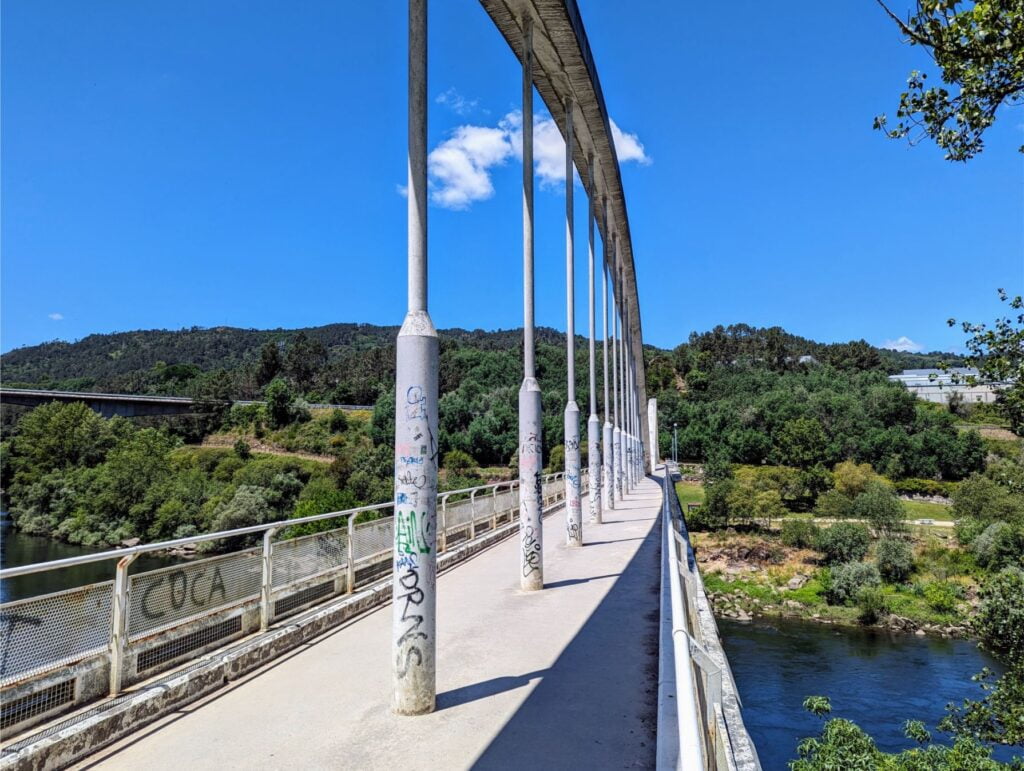
And sometimes, you stumble across some fun street art!
Os Peares
At the junction of several waterways with the Miño River, the tiny town of Os Peares is gorgeous but well past its population heyday. It’s hard to find current population numbers for this town. But trust us, there aren’t many people. And with an aging population, we can’t imagine this town surviving many more decades.
But what Os Peares does have are vineyards, gorgeous mountains, beautiful waterways, and bridges. It is a beautiful place, with homes and businesses spread along the steep slopes common to the area.
Lisa and Stewart drove us to Os Peares along winding mountain roads to hike around the town, grab a coffee, and enjoy the sights for a couple of hours.
Here are a few of the things we saw.


It was definitely worth a visit, and we never could have managed this ourselves without a car.
Once we were done exploring Os Peares, we drove to nearby Monforte de Lemos for lunch and to check out the castle!
Monforte de Lemos
Monforte de Lemos has a long and storied past, despite its modest population of around 20,000 people.
The town grew around the Benedictine Abbey of San Vicente del Pino, which was built in the 10th century. It became the capital of the county of Lemos in the 12th century and was an important center of power and culture at the time. The town’s architecture is a mix of medieval and Renaissance styles, with many buildings, monuments, and museums bearing witness to its history.
We didn’t have much time to explore Monforte de Lemos when we visited, but it was pretty clear that the city has a lot to offer! But the most striking visual feature here is Castelo de Monforte, a castle on a hill at the highest point in the immediate area.
So after having lunch, we drove near the center of town, ditched the car walked through the historic center, and up the hill to the castle.
The castle now features a nice hotel, restaurant, and cafe on its premises, The cafe, in particular, was appreciated for refreshments once we reached the top.

Closing Thoughts On Our Stay In Galicia
Truly, Galicia is something special. It checked a lot of boxes for a couple of county bumpkins like us.
From the tiny six-family hamlets to the small cities (and everything in between), Galicia has so much to offer for people looking for a less frantic travel pace. To put things in perspective, what we describe in this post were only our greatest (or more recent) hits. We made our way through many towns along bus routes or by car which were equally lovely compared to what we described in this post.
And of course, our time spent with Lisa & Stewart did nothing but enhance our Galicia experience. It was fun to see how a British expat couple integrated with the local community, with all of the highs and lows that go along with that. That, and it was great to have like-minded people as guides to the area.
We will miss them dearly.
This area has so much to offer it really would be worth a return trip.
Food for thought.
Until next time…
Thanks for reading!
Leave a comment below and subscribe to get email notifications whenever we post!
Follow Two Travel Turtles on Facebook and Twitter!




